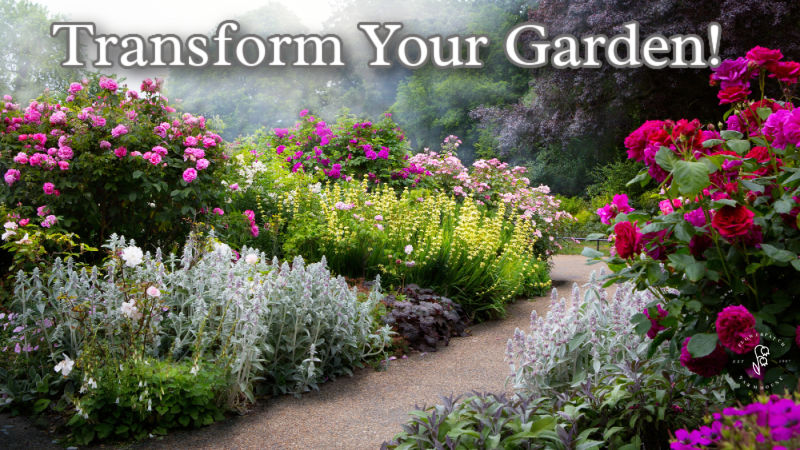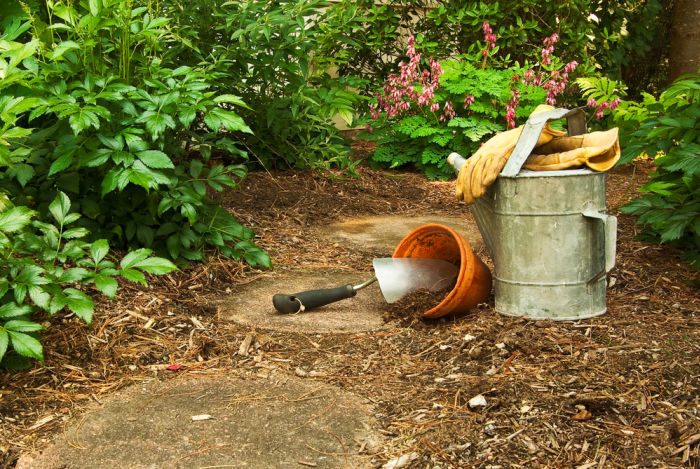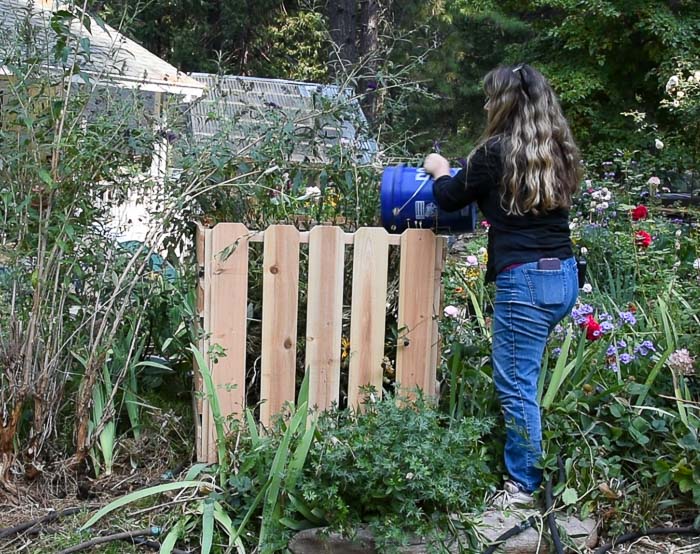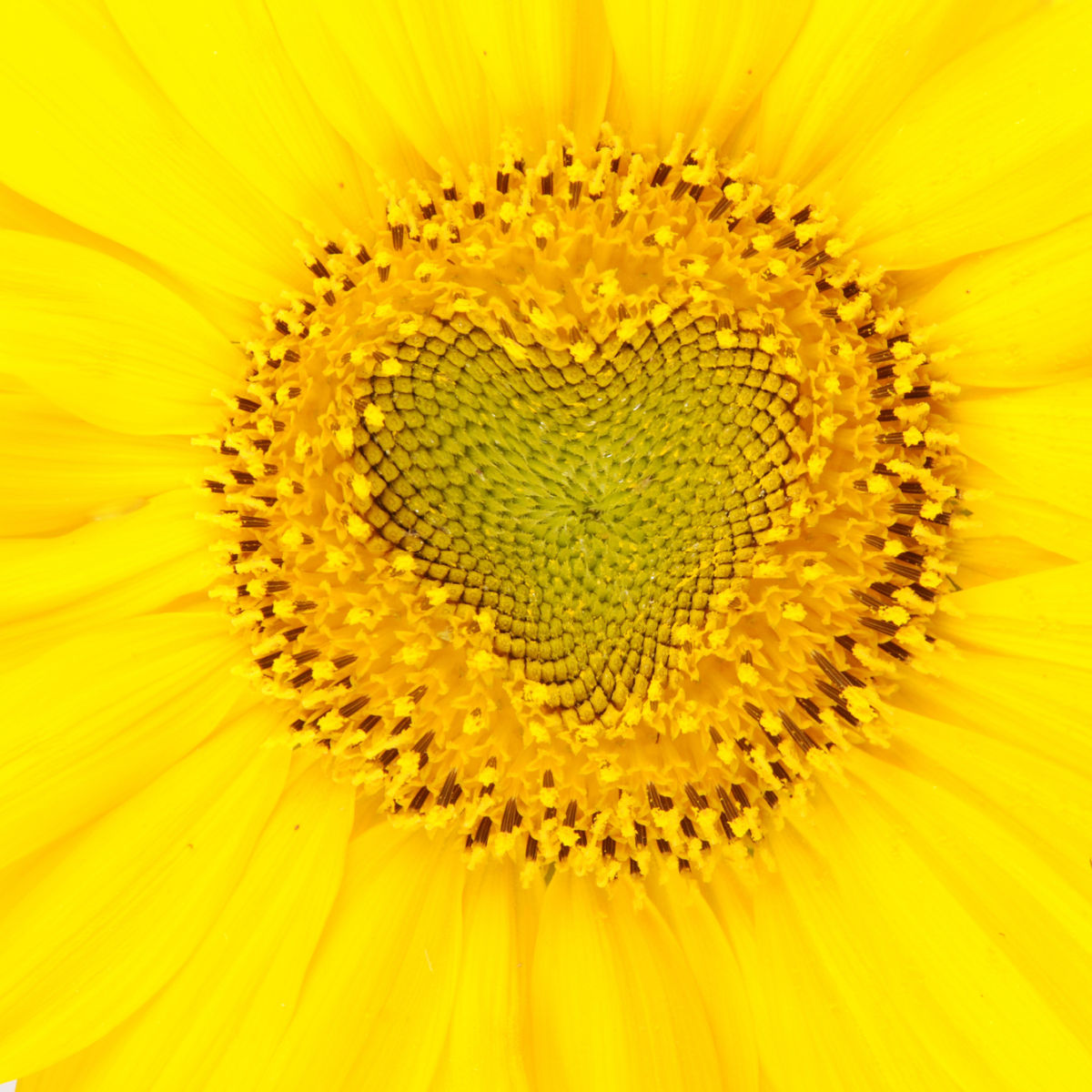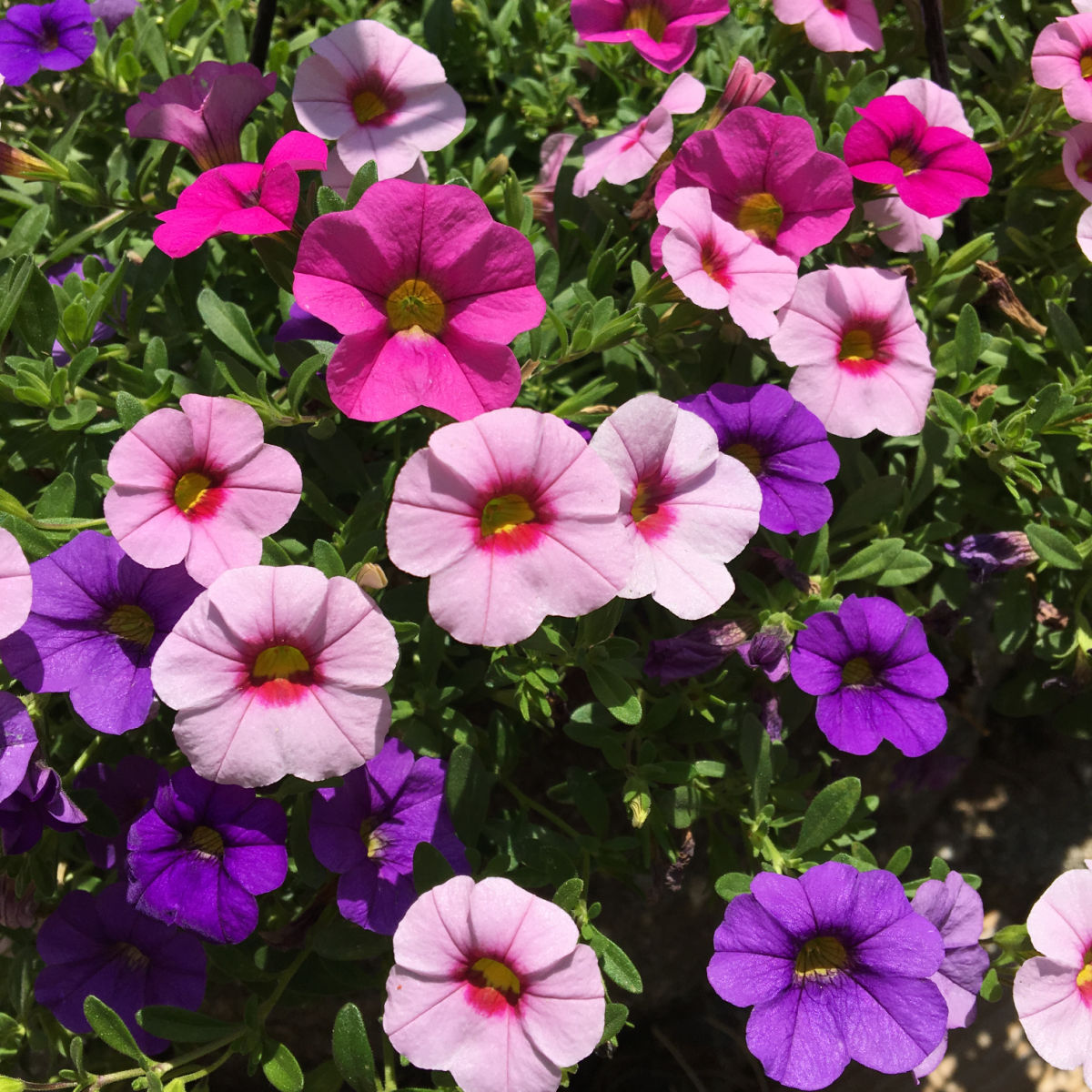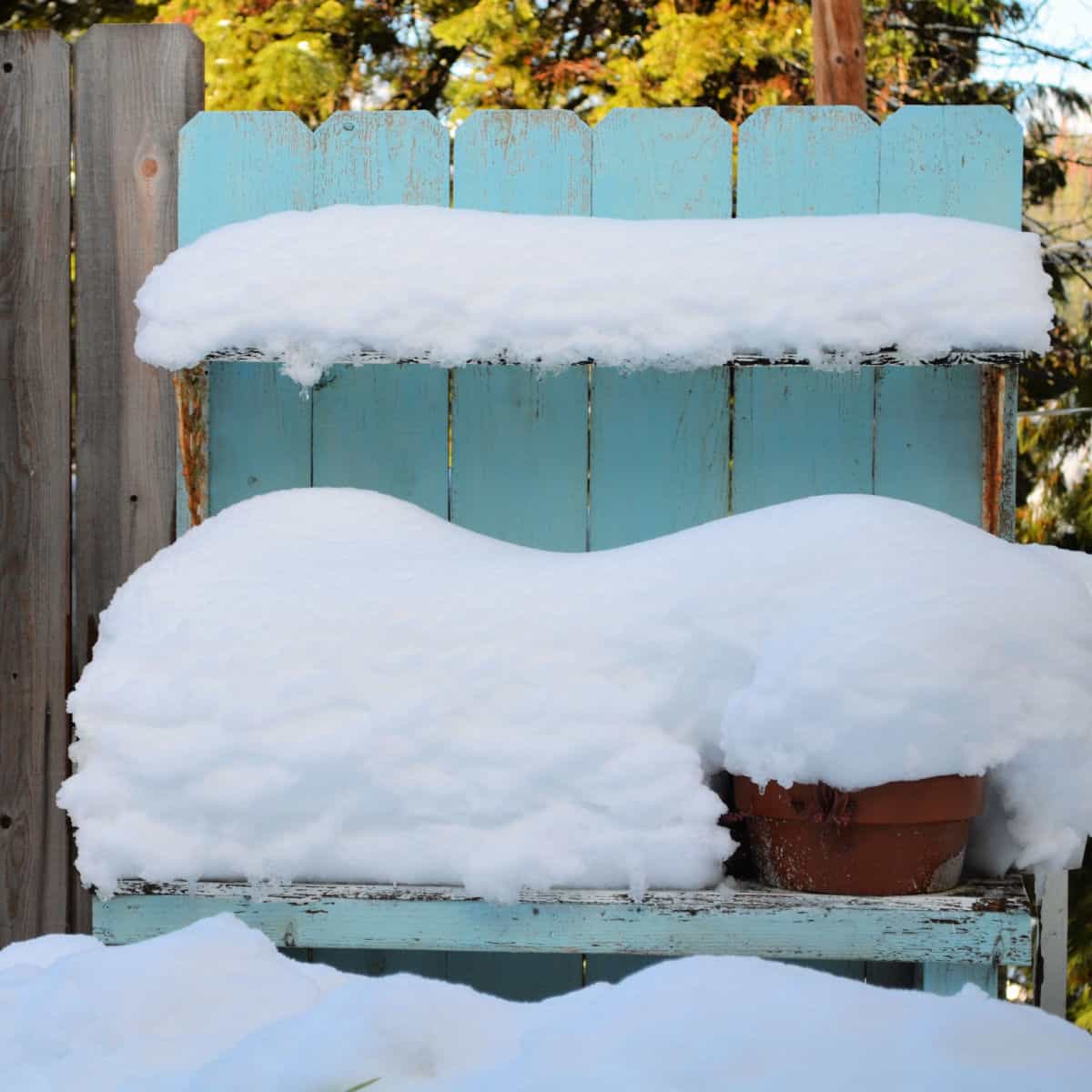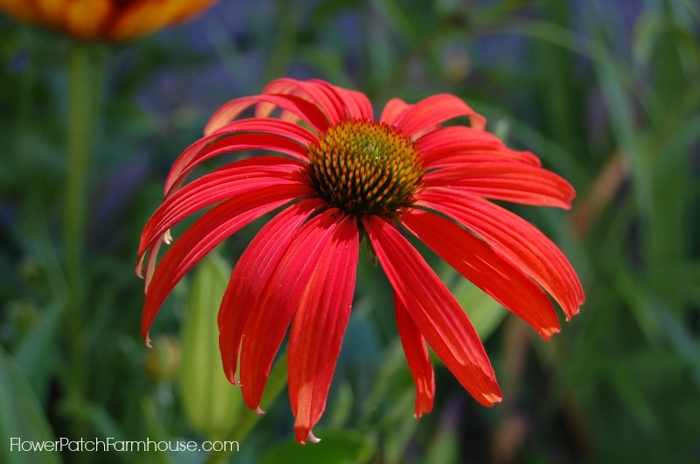Alfalfa Hay Secrets: Boost Your Garden’s Growth Naturally!
Alfalfa Hay in the Garden: Great Gardening Fertilizer
Exploring the game-changing power of alfalfa hay in gardening, we delve into its nutrient-rich benefits, the trick of using it as mulch, and the different alfalfa products for a thriving, eco-friendly garden.
Alfalfa hay: it’s not just for animal feed anymore. This green gold, often relegated to the fields and barns, is gracing the gardens of those in the know.

This post contains affiliate links. If you make a purchase after clicking a link I may make a small commission at no cost to you.
Imagine a scenario where your struggling tomato plants suddenly start growing and thriving. That’s alfalfa for you – a secret weapon in the world of gardening.
Important note: some hay and straw have been found to have herbicide residues in them. Ask at your local source of hay or straw if these herbicides were used on the fields, Aminopyralid, clopyralid, and picloram.
The Higher Nutrient Levels or Powerhouse of Alfalfa Hay (Medicago Sativa)
So, why is alfalfa hay a game-changer for your garden? It’s a smorgasbord of nutrients. Rich in nitrogen, calcium, and magnesium, alfalfa hay is like a multivitamin for your plants.
It’s a slow-release fertilizer, gently nurturing plants without the harshness of chemical alternatives. And there’s more: alfalfa hay is a soil conditioner, improving soil structure and water retention.
It’s like giving your garden a spa treatment, leaving the soil rejuvenated and invigorated.
Read on to get good results, no, I should say the Best Results of using this secret ingredient in your garden!
Stop Fertilizing, Feed the Soil Instead!
The Art of Using Alfalfa Hay as Mulch
To harness the full potential of alfalfa hay as mulch, it’s all about the technique. Start by laying a layer of hay around your plants on the soil surface, approximately 2-3 inches thick.
Usually, the bale comes apart in sections about that thick as you pull it apart. Sometimes I slide a garden fork into the bale (they are pressed tight into a bale) at 2 or 3-inch sections and pry it apart.
This alfalfa layer acts as a natural barrier, keeping moisture in the soil and reducing the growth of pesky weeds. It’s important, however, to avoid piling the hay directly against plant stems or tree trunks to prevent potential rot and pest infestation.
Over time, as the alfalfa hay breaks down, it feeds the soil, creating a rich, fertile bed for your plants to thrive in.
Last year I used it as a pathway mulch and it worked great, the worms beneath were thick and it beat back the weeds completely.
15 Types of Garden Mulch
You need to know about the secret weapon that gardeners all around the world are using to give their gardens a boost – garden mulch!
Beyond Hay: Other Forms of Alfalfa
And then there’s the world beyond hay. Alfalfa comes in various forms – alfalfa pellets, alfalfa meal, and even as a liquid extract. Each has its charm. Pellets are convenient, easy to handle, and break down faster than hay.
Alfalfa meal, a finer version, is like a turbo-boost for compost piles, accelerating the decomposition process. The liquid extract, often dubbed as ‘alfalfa tea’, is a potent, fast-acting tonic that plants guzzle down with visible glee. (really it is the ground microbes that feed off it and then in turn feed your plants)
Need to feed your soil but don’t want to lug home a big bale of alfalfa? Okay so here you go, this is what I use and the great thing about it is it is recycled food waste!
Alfalfa as a Cover Crop: A Living Blanket for Your Garden
Venture beyond mulch and discover the benefit of the alfalfa plant as a cover crop. It’s like draping your garden in a living blanket, one that not only protects but enriches the soil beneath it.
Growing alfalfa as a cover crop in garden beds is another great move for improving soil health. This deep-rooted plant battles against soil compaction by reaching down into the earth and making paths that help water seep in and the roots of other plants grow better.

Its roots are like nature’s plows, loosening the soil and bringing up nutrients from the depths. As a nitrogen-fixing legume, alfalfa captures nitrogen from the air and stores it in the soil, acting as a natural fertilizer for crops that follow.
When worked back into the soil at the end of the growing season or then used as a mulch, alfalfa decomposes into green manure, infusing the earth with organic matter and nutrients.
This practice not only improves soil structure but also boosts its fertility, paving the way for a more productive and sustainable garden. It’s a cycle of growth and renewal, with alfalfa playing the starring role in an organic gardener’s toolbox.
A big fat plus? The purple blooms are also a bee magnet.
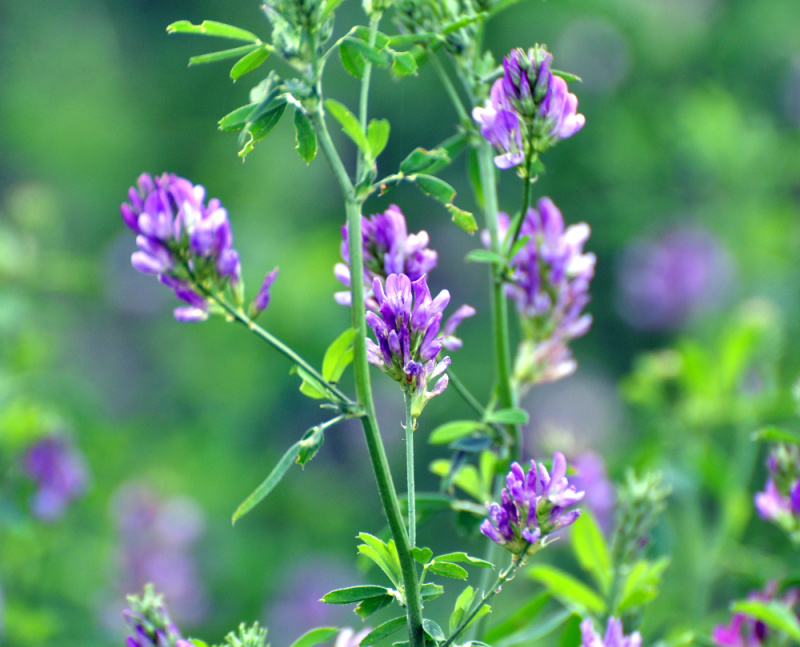
Alfalfa in the Compost Pile: Catalyst for Composting Excellence
Introducing alfalfa into your compost pile is like adding a secret ingredient to a recipe – it supercharges the composting process. Think of alfalfa as the unsung hero of the compost world, a green accelerator that speeds up decomposition while enriching the final product.
When added to a compost pile, the high nitrogen content balances out the carbon-heavy elements like dried leaves or straw. This balance is important for maintaining an efficient composting process, as it keeps the pile heated and the microbial activity thriving. The result?
A faster breakdown of organic materials into that coveted, nutrient-rich black gold.
Furthermore, alfalfa brings its own set of nutrients to the mix, including minerals such as calcium and magnesium, which are essential for plant growth.
This means when you use your finished compost in the garden, it’s not just a soil conditioner, it’s a nutrient booster, all thanks to the power of alfalfa.
It’s a simple addition to your compost pile, but the impact is significant, transforming your composting efforts into a more fruitful endeavor for your garden.
Easy Way to Create Compost
Making compost for a beautiful garden is fairly simple. Even small gardens can have a neat little compost bin tucked in a corner.
Alfalfa Meal or Pellets Fertilizer: A Nutrient-Packed Powerhouse for Plants
So I get it, dragging home large bales of hay used as livestock feed is sometimes beyond our capability but there is an alternative.
Alfalfa meal fertilizer is like a secret elixir for your garden’s health. Derived from ground alfalfa plants, it’s a natural, nutrient-dense option for gardeners seeking an organic way to enrich their soil.
I also like using alfalfa pellets, you can find it at the feed store as a pet feed or even large bags for horses.
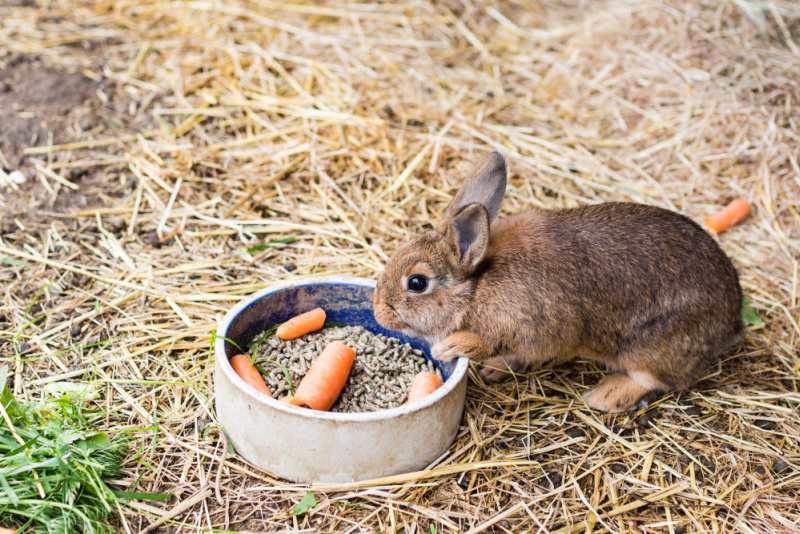
Just like the hay, alfalfa meal, and pellets are packed with nitrogen, along with essential minerals like phosphorus and potassium. It gently feeds plants over time, promoting robust growth without the risk of burning that synthetic fertilizers pose.
This makes it ideal for delicate seedlings or established perennials alike. Additionally, it contains triacontanol, a natural growth stimulant that encourages root development and plant vigor.
Using alfalfa meal and pellets is a straightforward affair – simply sprinkle it around the base of plants. It’s not just a fertilizer; it’s a way to bring an organic, nurturing touch to your garden, ensuring your plants grow strong and healthy in a natural way.
Note: Some prefer to make compost tea with it.
Alfalfa is an amazing versatile plant, I love growing alfalfa sprouts for my sandwiches and salads, it is filled with nutrients, trace minerals, and amino acids.
Spreading some seeds in garden areas or raised beds is just as easy and once it has been incorporated in the soil it helps you to grow nutrient-dense produce.

The Flip Side: Potential Drawbacks
I always like to see what may be the downside of anything and I couldn’t find much. I know that I have not had any issues.
One thing is fresh alfalfa hay may contain weed seeds (I have not experienced this) and it does take a long time to break down. You will have to pull it back if you mulched with it in an area you want to seed or maybe you wanted certain plants to reseed themselves. Alfalfa mulch would smother out seeds.
Another caveat I have read about but not experienced is some alfalfa hay is gmo. So if you wish, ask at your local feed store before purchasing.
Incorporating alfalfa into your garden isn’t just about it being a great organic fertilizer. It’s about embracing a philosophy of sustainability and natural care. It’s a nod to the old ways, to a time when gardening was about working with nature, not against it.
Happy Natural Gardening!
